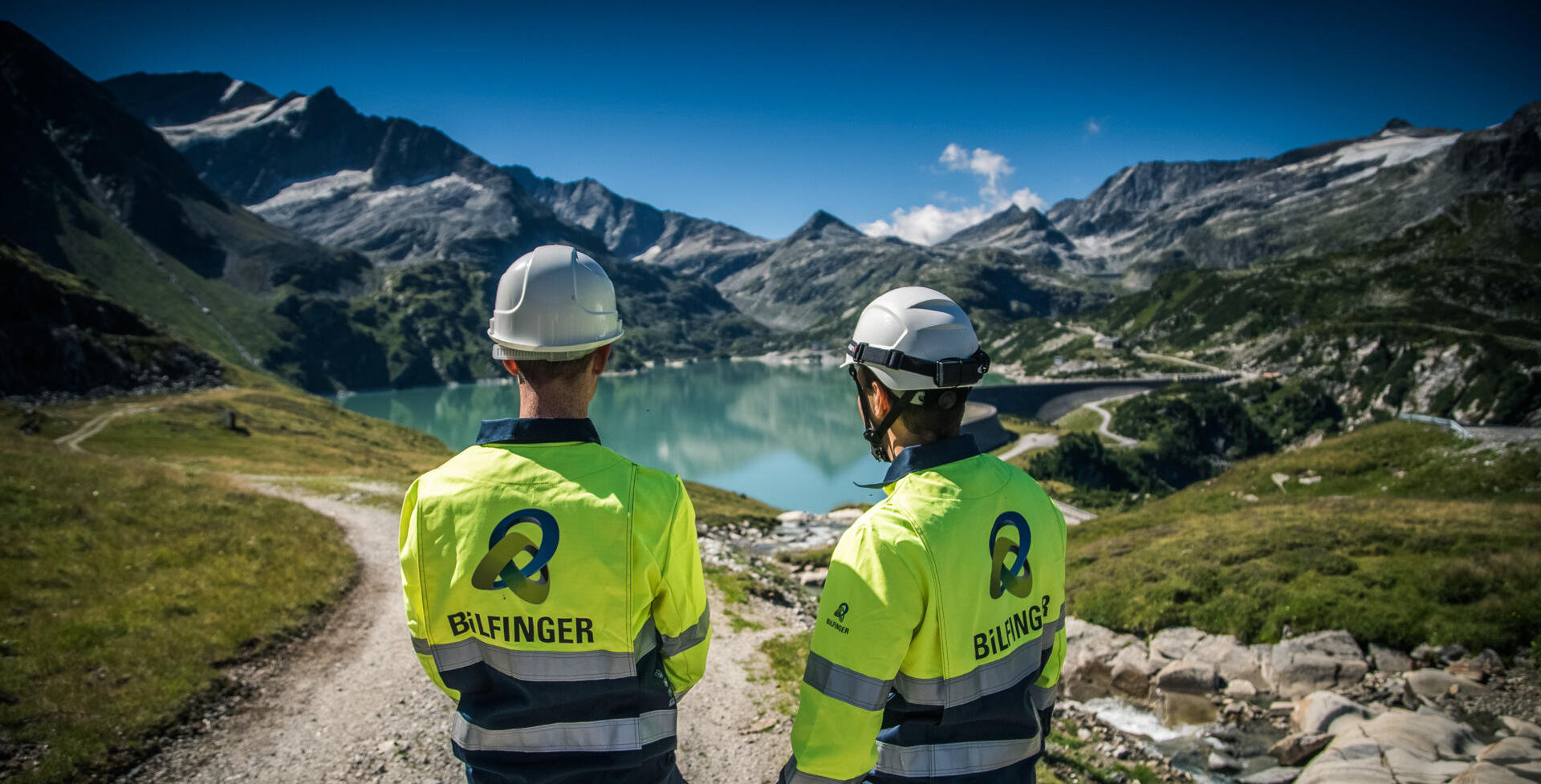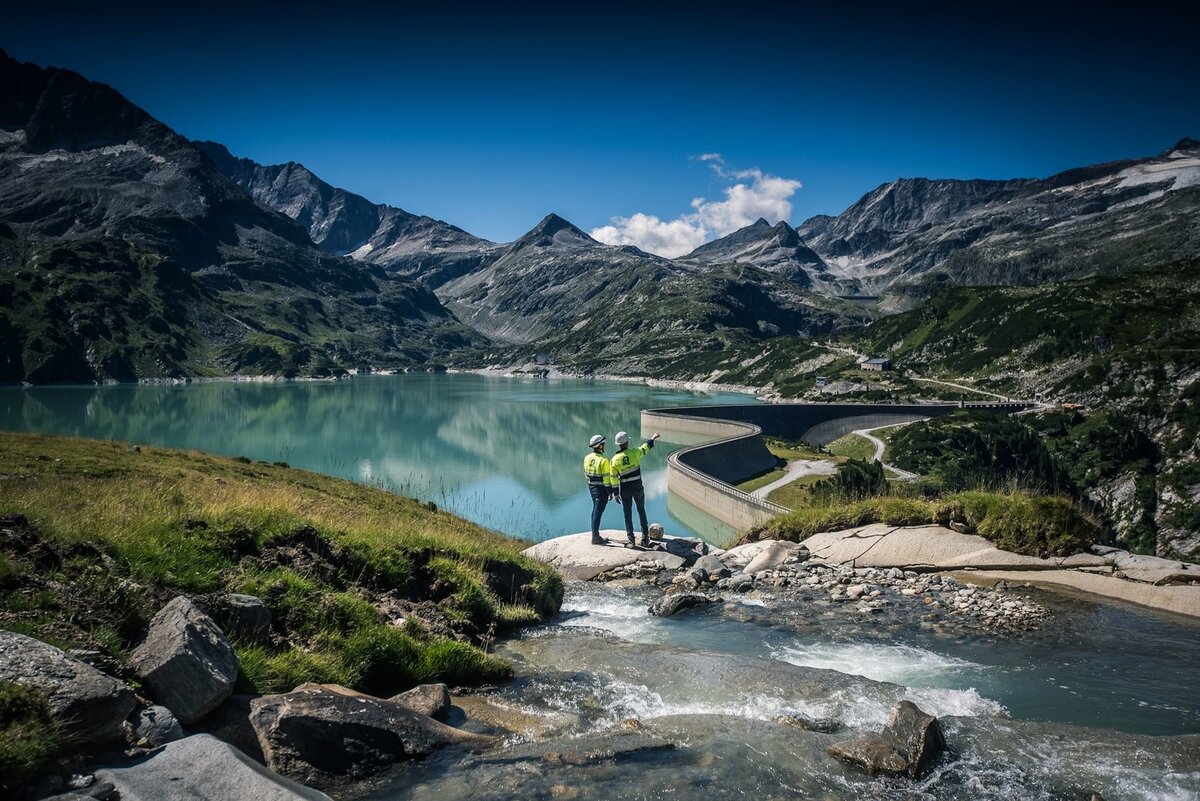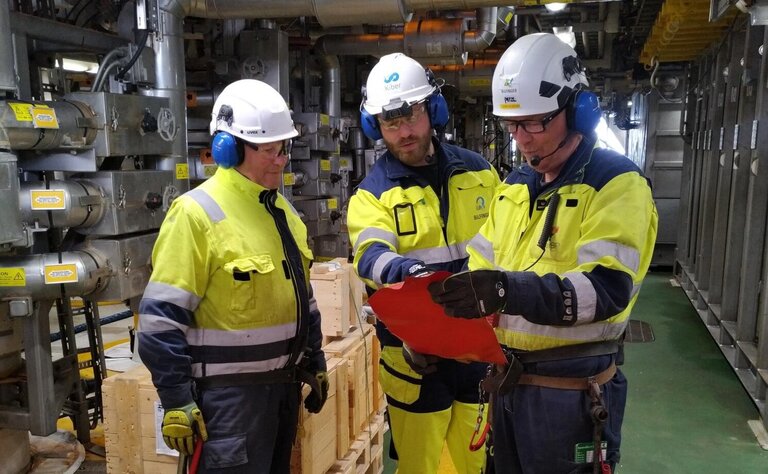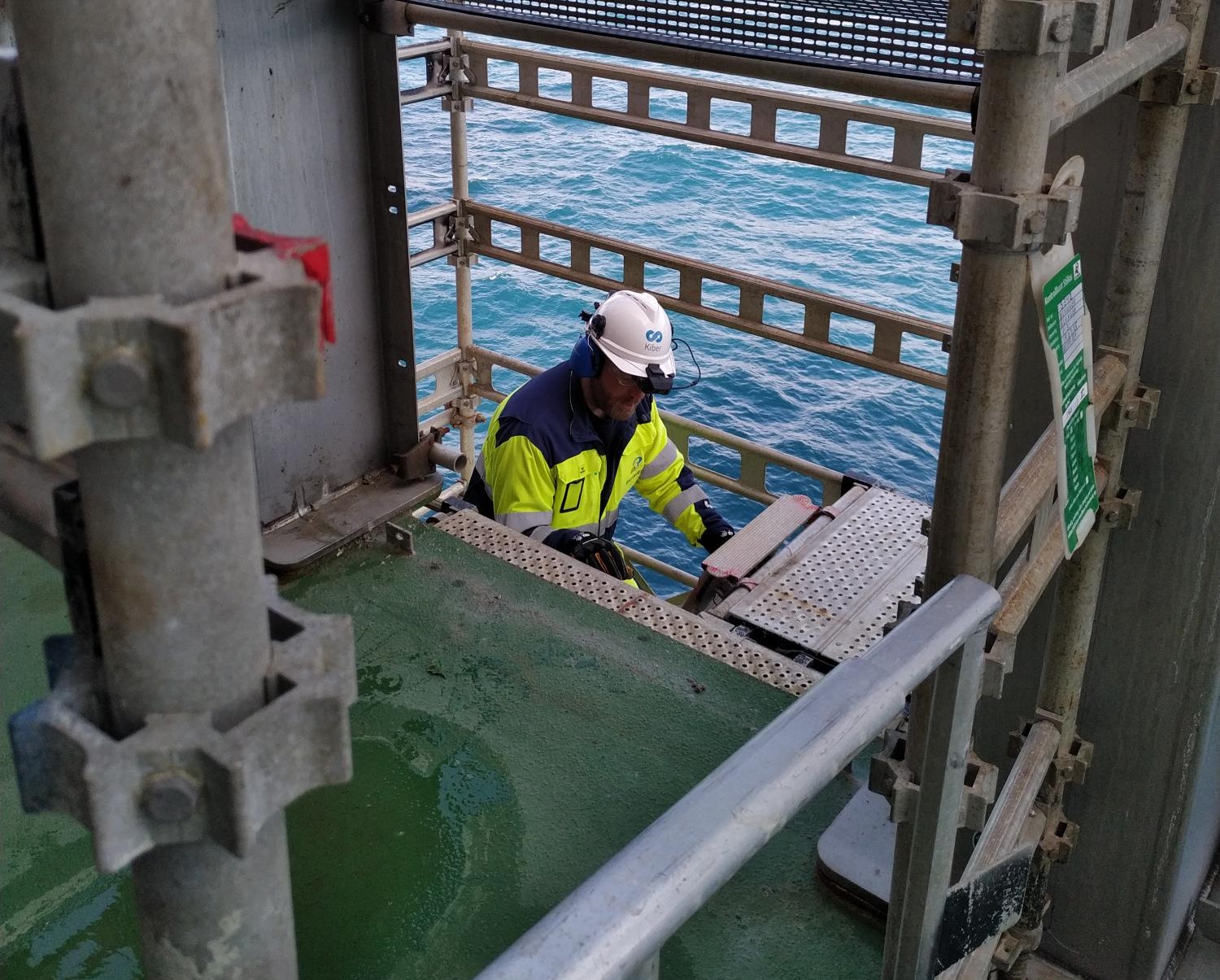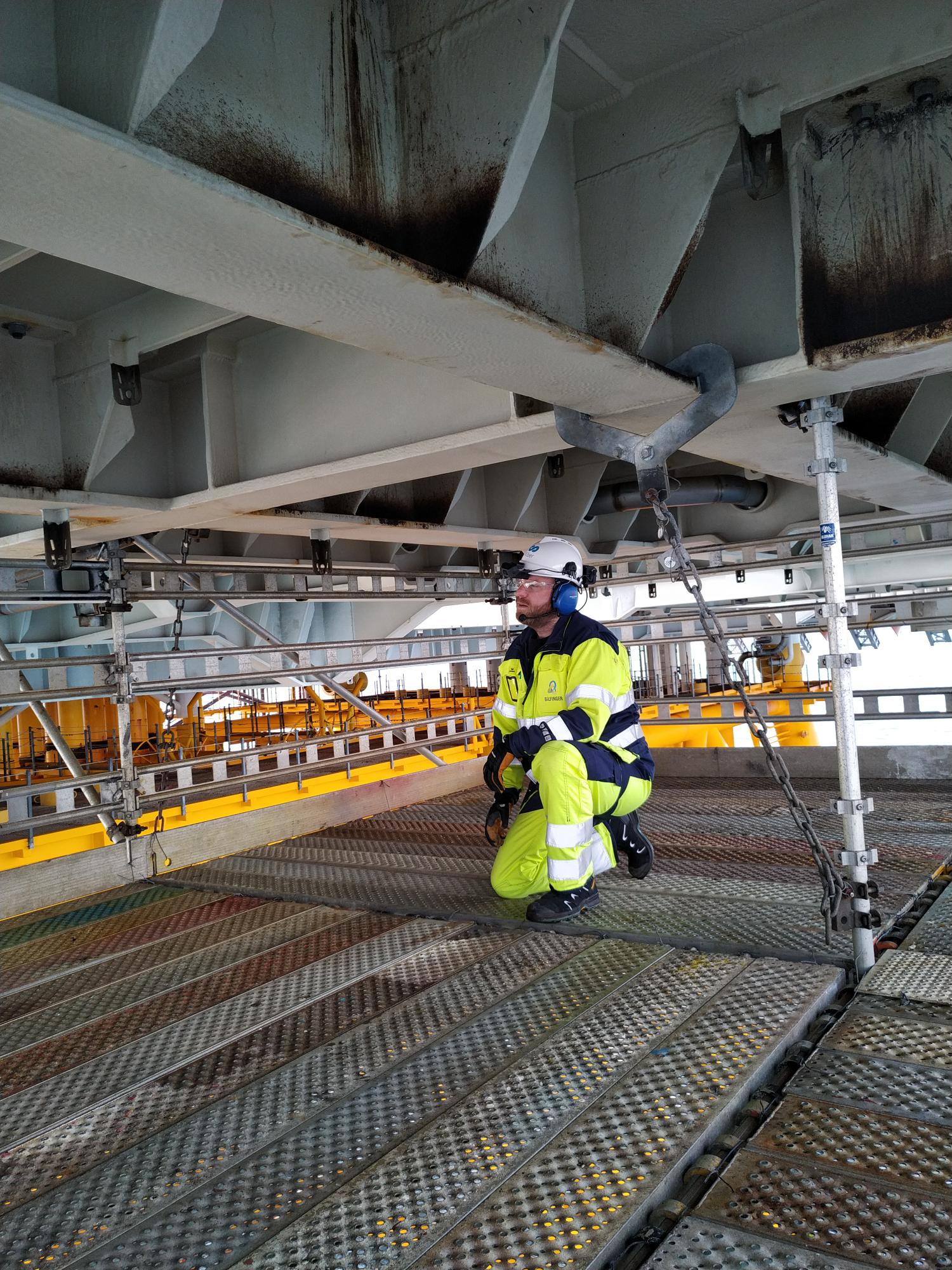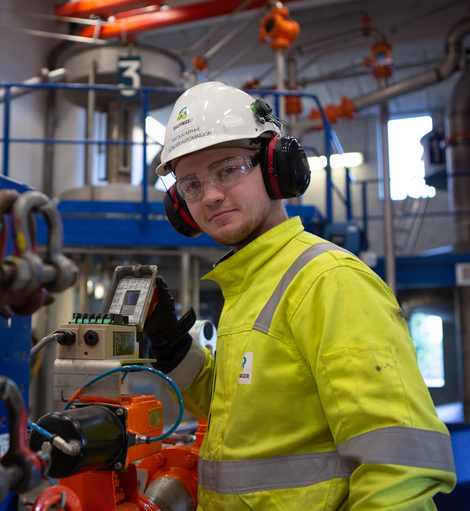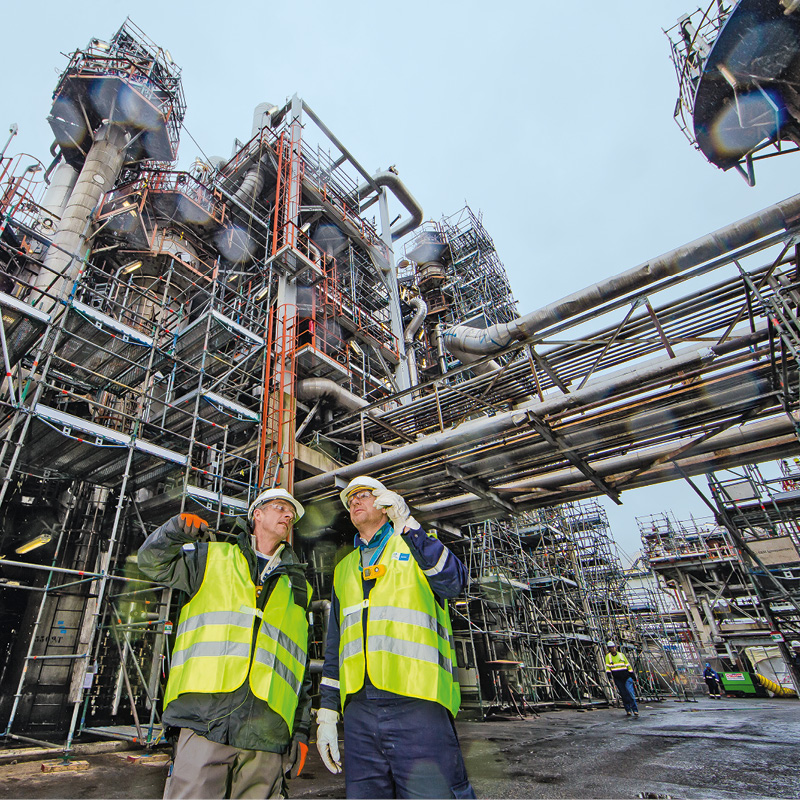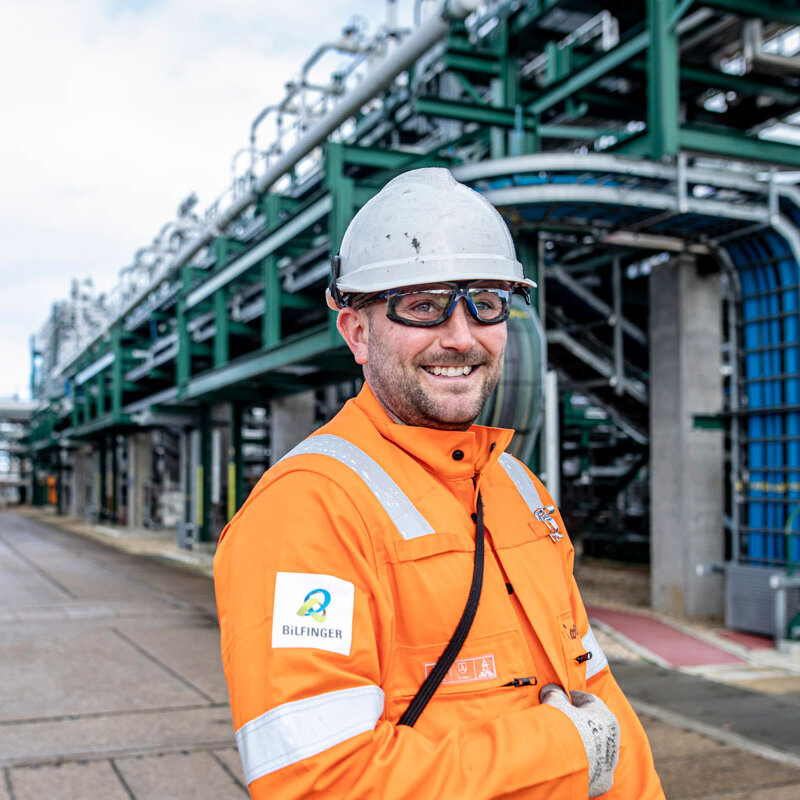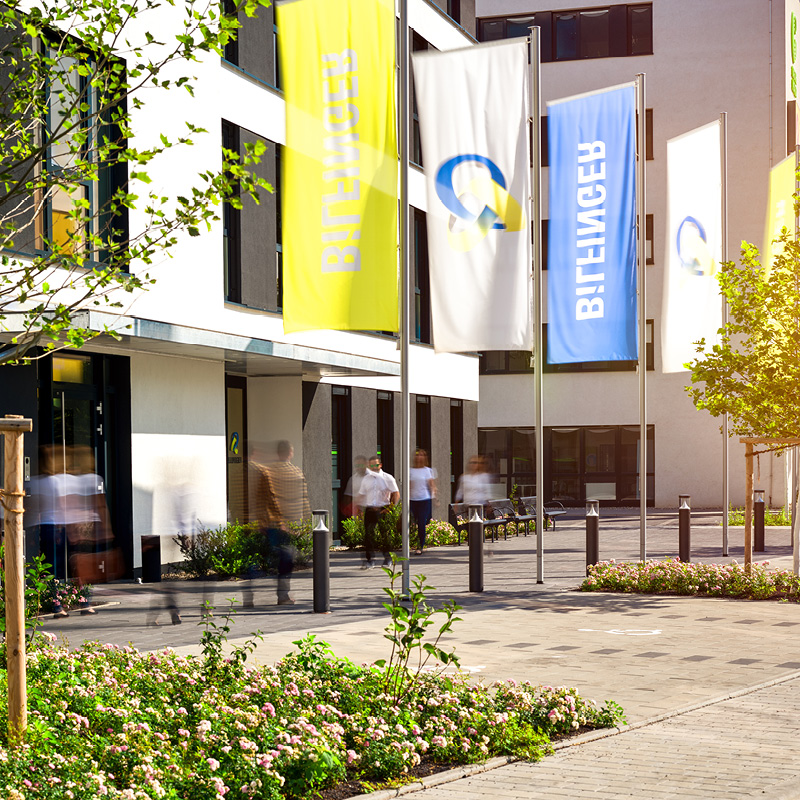At a time when technology is constantly changing the way we work, the Edvard Grieg platform has taken a significant step forward by conducting its first virtual Safety Walk. This innovative method for safety follow-up in the offshore environment was carried out on Tuesday and marks a new milestone in how we can create a safer working environment on the platform.
An innovative method
Scaffolding foreman Thomas Jacobsen led the virtual walkthrough out in the field, using a helmet camera to provide participants onshore with a live video stream from the installation. This technological advancement made it possible for project management, HSE, company management, and regional manager Jenny Larsson to follow along in real time—without being physically present. This method offers a unique opportunity for participation and insight, regardless of location.
From pandemic solution to new standard
Although digital Safety Walks were used during the pandemic, this is the first time a live virtual tour with a helmet camera has been conducted. It represents a significant development in how we can monitor and improve workplace safety and opens new possibilities for engaging more stakeholders in safety work.
Direct insight enables better decisions
During the virtual Safety Walk, participants were able to see both the installation and the ongoing work performed by Bilfinger. This direct insight provides a more comprehensive understanding of the work environment and the challenges that may arise, enabling more well-informed decisions regarding safety measures.
Technology that engages more people
The virtual safety walk on the Edvard Grieg platform is a brilliant example of how technology can improve safety routines and engage a broader group of stakeholders. A big thank you goes to Thomas Jacobsen for a very well-executed and planned Safety Walk. This initiative shows how innovation can lead to better safety and efficiency in the offshore industry.


